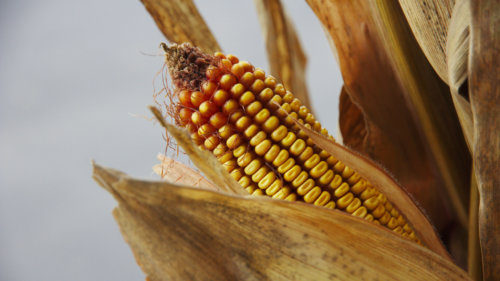New Studies Suggest That High Fructose Corn Syrup is Linked to Opioid Addiction
According to emergent research presented recently at Neuroscience 2017, the annual meeting of the Society for Neuroscience, high fructose corn syrup (also known as HFCS) might play a role in the opioid dependence that has become a public health crisis in the United States.
As Forbes reports, HFCS seems to trigger a reward response in the brain that leads to continued cravings, just like a narcotic would. When researchers fed a sample population of rates a diet high in HFCS and then following that with a dose of oxycodone (a common generic painkiller at the heart of the epidemic) they noted that rats given HFCS produced lower levels of dopamine in response to the drug, and the anticipated changes in locomotive behavior were also decreased.
Normally, exposure to oxycodone would exaggerate changes in locomotive behavior and trigger an explosion or dopamine– a neurotransmitter that plays a major role in reward-motivated behavior.
The absence of such reactions suggests that HFCS reduced the reward response in the rat’s brains, which in turn led them to conclude that diet may influence what quantities of the drugs users want to take, specifically: users would have to take more to get the same effect.
“Our experiments show that chronic pre-exposure to high-fructose corn syrup impacted both the neural and behavioral responses to oxycodone, resulting in changes likely to impact drug-taking and drug-seeking behavior,” co-lead author Meenu Minhas, a PhD student at the University of Guelph in Ontario, told Forbes. “These results suggest that nutrition, and sugar intake in particular, can influence some responses to opioids, a finding that may be relevant both to clinical uses of opioids and to treating addiction,” he added.
High Fructose Corn Syrup, as you may recall, is made when corn is milled into corn starch and then enzymatically reduced by bacterium to become corn syrup. Then, the chains of glucose and fructose that make up this syrup are chemically separated by another enzyme, which converts the glucose to a mixture of approximately 42 % fructose and 53 % glucose, with some other trace sugars as well. It is a highly processed substance.
Because the United States placed an import tariff on foreign sugar in 1977– and the government also currently subsidizes the domestic production of corn– High Fructose Corn Syrup has become a cheap commodity in the United States, which is why it is so ubiquitous. Couple these damning implications for the “average American diet” with increased exposure to and prescription of cheap, easily accessible painkillers, and the researchers’ findings don’t seem that unrealistic. So is diet at the core of the opioid epidemic? It’s too soon to tell, but it’s very likely related.




































